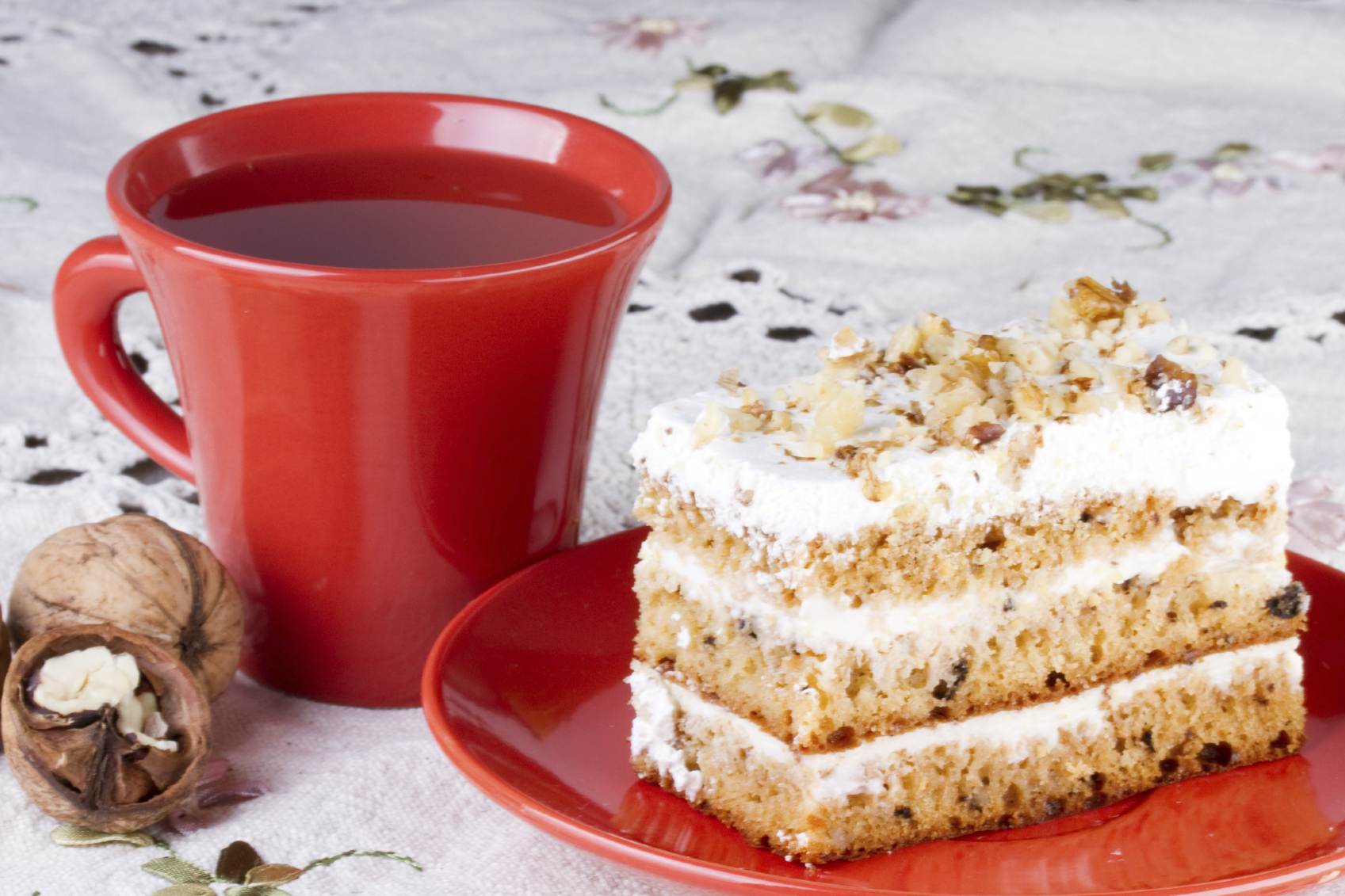
No birthday, wedding or Christmas would be complete without one.
But who should we thank for inventing them?
As author of Cake: The Short Surprising History Of Our Favourite Bake, Alysa Levene has been busy researching the long story of cake around the globe.
Her reasons for starting the book were actually very simple.
“I like to bake cake so it was at the top of my mind!” Alysa admits.
“I was thinking about the history of various food, and cake sprang to mind because it’s such an unimportant item of food, yet its ingredients are important when it comes to the wider history of food.”
With many different foods being labelled as “cake”, Alysa says pinpointing a definition is surprisingly tricky.
It’s not just, for example, that cake goes hard and biscuit goes soft.
“It’s a lot more than that,” Alysa agrees.
“It’s sweet, brings people together and it reminds people of happy times. I think those are the most important things.
“Cakes are usually based on flour, sugar and eggs, but people make all sorts of cake that still perform that same function.
“They can be gluten free, have vegetables in them and still be a cake.
“I talk about Tunnock’s teacakes in the book — we think of them as cakes because of when we eat them.
“When you ask people for the words they associate with cakes they don’t mention the ingredients, they talk about things like comfort and celebration.”
The long history of cakes extends back to the Egyptians.
“They had the know-how, equipment and the ingredients to start to make something that was sweeter and more for feasting.
“And it was the Greeks who came up with the idea of putting candles on cakes.
“It was done in honour of the goddess of the moon, Artemis. The idea of honouring someone with fire was much older, but why they would put fire on a cake, I don’t know.”
Alysa says having fruit cakes at Christmas and for weddings, but sponge cakes for birthdays is to do with how far back the traditions go.
“Fruit cakes were the first recognisable cakes in that they were sweet and round,” she says.
“People hadn’t worked out that you could make something lighter and fluffier by beating eggs for a long time. The early cakes were dense, fruity ones so they became part of Christmas and weddings.
“The lighter, fluffier cakes that we associate with other occasions were an invention of the 18th century.
“A whole lot of things came together.
“We started to get finer flours because of milling technology, and we had more enclosed domestic ovens.
“There was more sugar, and people started to realise that by beating eggs for a long time you could bring in a lot more air.”
READ MORE
Bake of the Week: Fondant filled Easter eggs
10 magic memories from the three sisters that baked their way to business success

Enjoy the convenience of having The Sunday Post delivered as a digital ePaper straight to your smartphone, tablet or computer.
Subscribe for only £5.49 a month and enjoy all the benefits of the printed paper as a digital replica.
Subscribe